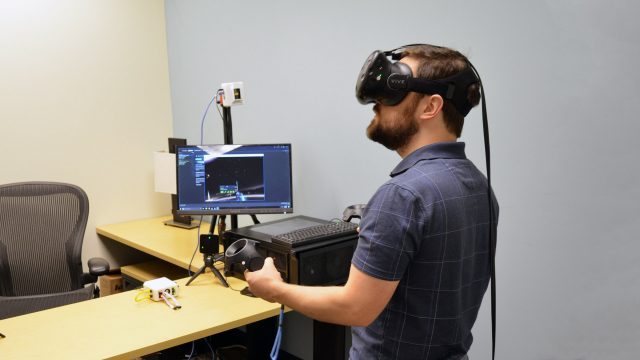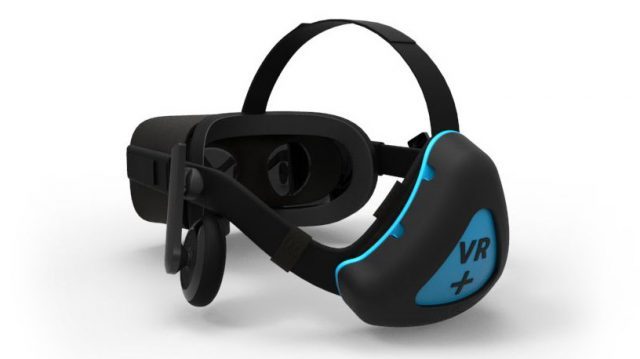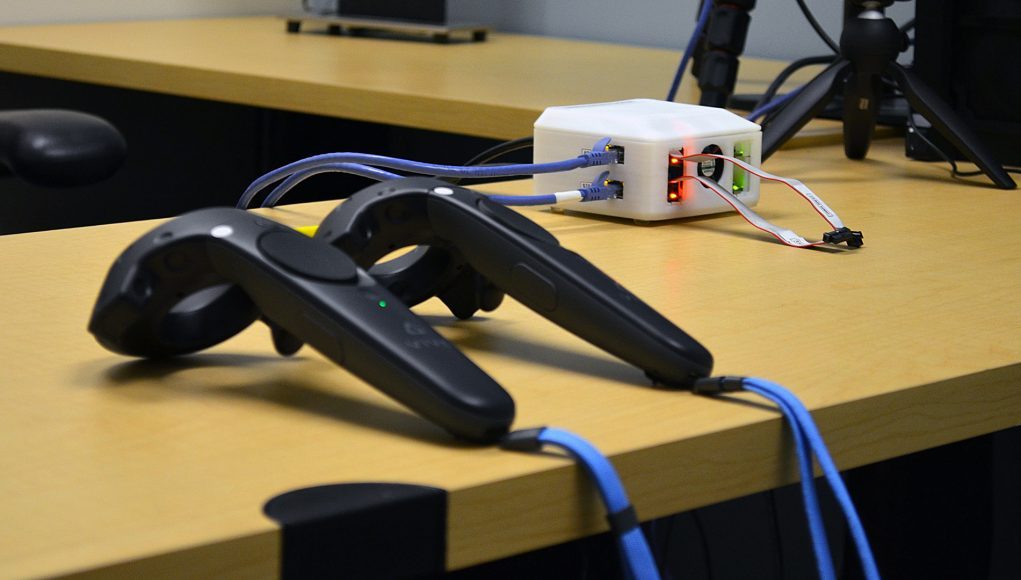Tuning Challenges
IMR says their algorithm is highly tunable. Depending upon the bandwidth of the wireless technology employed, they could dial the compression back to, say, 75% instead of 95%, and at that point the difference in image quality may indeed be indiscernible even to the knowing eye.
I saw evidence of this algorithm tuning in action from when I first got a look at IMR’s compression tech back at CES 2017 earlier this year. Between then and now there was a marked increase in image fidelity, even at the same compression rate. The difference was so drastic that I went from feeling like the tradeoff between image quality and IMR’s wireless tech was not worth it (at CES), to feeling like it was good enough (during this latest visit) to warrant very serious consideration of whether or not to cut the cord on the Vive.

Of course, as with any compression technology, some things compress better than others. There’s still a few areas presenting challenges to IMR’s compression. Chief among them are gradients and dark/low-contrast scenes. Both can cause some amount of banding and artifacts which wouldn’t be seen otherwise. IMR says they have ways of dealing with those elements and are continuing to tweak their algorithm to compress different parts of the scene smartly to avoid artifacts. But you can imagine the challenge of getting the algorithm to behave correctly 100% of the time across lots of different VR content, each with its own optimal compression.
To aid the algorithm in ensuring the right compression approach for the content, IMR says that it would be possible for games to send parameters to the algorithm for per-game adjustments which could potentially allow for fine-tuning to be done by developers or crowdsourced to users.
Today & Tomorrow’s Headsets

The little white box I got to see was very much just a proof of concept. The next step for IMR is turn that box into a reference design that can actually be mounted on the head for truly wireless gameplay. The company is in the midst of creating the reference design and will soon demonstrate it publicly. At the outset it will look rather bulky, but IMR says that the system could be easily miniaturized and integrated directly into VR headsets of the future.
IMR says that their compression tech can support current generation VR headsets like the Rift and Vive using existing wireless tech like 802.11ac. For future headsets pushing higher resolutions, the company is hoping for the proliferation of more cutting edge 802.11ad tech which has the bandwidth for up to 4k per eye.
According to the company, the algorithm has also been architected to be ready for eye-tracking, a feature expected to come to VR headsets in the near future. With eye-tracking data piped into the algorithm, IMR says it can further optimize its compression for the areas where the eye is looking, while saving data elsewhere (similar to foveated rendering).
– – — – –
With the demonstration of their core technology, IMR says they are seeking a partner who would manufacture an add-on device that would allow the Vive and Rift to be adapted for wireless VR, and that could come to market in 2017. The company is also sharing their reference design hardware with partners who may want to integrate the technology directly into a VR headset.







